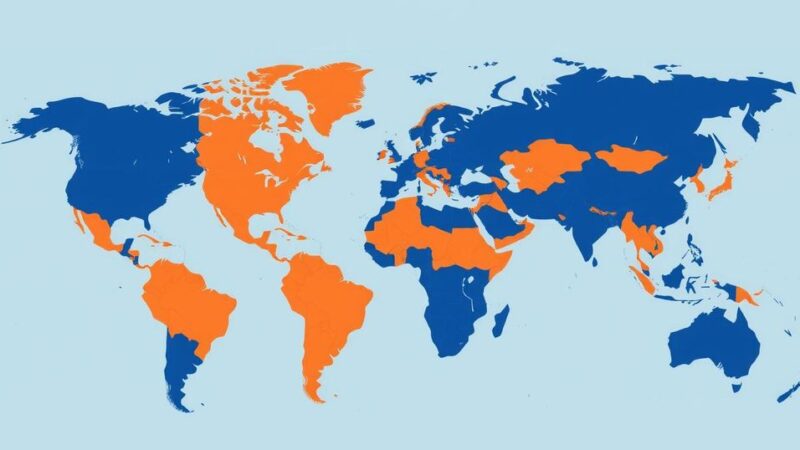Kenya’s President Ruto has pledged to supply a chapati-making machine for a school feeding program, igniting public debate. While seen as a step forward by many, this initiative does not tackle the root causes of food insecurity and economic challenges facing families. A more sustainable approach is necessary to ensure genuine progress.
In recent developments, President William Ruto of Kenya has pledged to supply a one-million chapati-making machine to Governor Johnson Sakaja’s school feeding initiative. This announcement has stirred significant public discourse, with many citizens humorously referring to the president as “El Chapo.”
From a symbolic interactionist perspective, as articulated by George Herbert Mead and Herbert Blumer, food represents more than mere nourishment; it embodies profound societal significance. In Kenya, the cultural significance of chapati—or chapo—transcends its nutritional value, deeply embedded in the collective memory and social practices of the populace.
Traditionally, chapati was a treasured meal associated with festive occasions, reflecting social status within neighborhoods. The making of chapo in a household was perceived as a hallmark of distinction, drawing admiration from neighbors and fostering a network of community reciprocity among children.
Presently, chapati retains its symbolic value, representing the hard-earned rewards for laborers, particularly in the construction sector, where a meal of chapo and beans signifies dignity and appreciation for one’s efforts. Its meaning extends beyond sustenance, encompassing the very essence of social connection and recognition of hard work.
The president’s promise of a chapo machine for schoolchildren aligns with a collective aspiration for improved meals, particularly among low-income communities. Many parents and local groups view this initiative as a necessary step toward alleviating hunger in schools, reflecting a communal desire for children’s welfare.
However, scrutiny of this initiative reveals shortcomings. Providing chapati at schools serves only as a temporary solution and fails to confront the deeper issues of food insecurity and economic instability. Families, especially in urban settings like Nairobi, require sustainable economic opportunities to consistently access nutritious meals for their households.
By prioritizing school meals, there is a risk of perpetuating dependency instead of facilitating long-term solutions. This parallels the age-old adage of teaching a man to fish versus merely providing him with fish. While feeding schoolchildren is crucial for attendance, it inadequately addresses the foundational economic challenges parents face.
Furthermore, the overarching school feeding strategy presents legal and infrastructural dilemmas within the devolved governance framework of Kenya. Counties are obligated to finance Early Childhood Development programs, yet many public institutions suffer from lack of funding, compelling parents to enroll children in expensive private pre-primary schools. Thus, emphasizing a chapo machine is a misdirection of priorities in addressing fundamental educational shortcomings.
In conclusion, the promise surrounding chapati encapsulates more than a mere food initiative; it reflects a governmental oversight in fostering an environment conducive to actualizing aspirations. Rather than delivering temporary relief, the government must equip citizens with the resources necessary for economic independence. Only through such empowerment can chapati symbolize genuine progress and aspiration.
In summary, the recent proposal by President William Ruto to provide a chapati-making machine for schools illustrates broader societal issues regarding food security in Kenya. While the initiative addresses immediate hunger, it raises questions about long-term solutions and the need for sustainable economic development. Ultimately, true progress will require a shift in focus from temporary measures to empowering families with the means to achieve lasting self-sufficiency.
Original Source: www.capitalfm.co.ke






